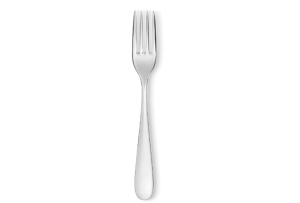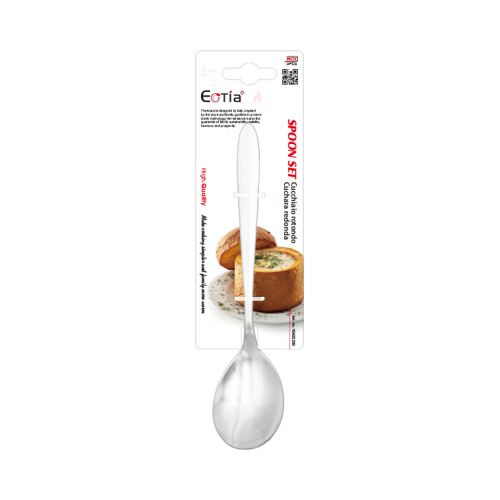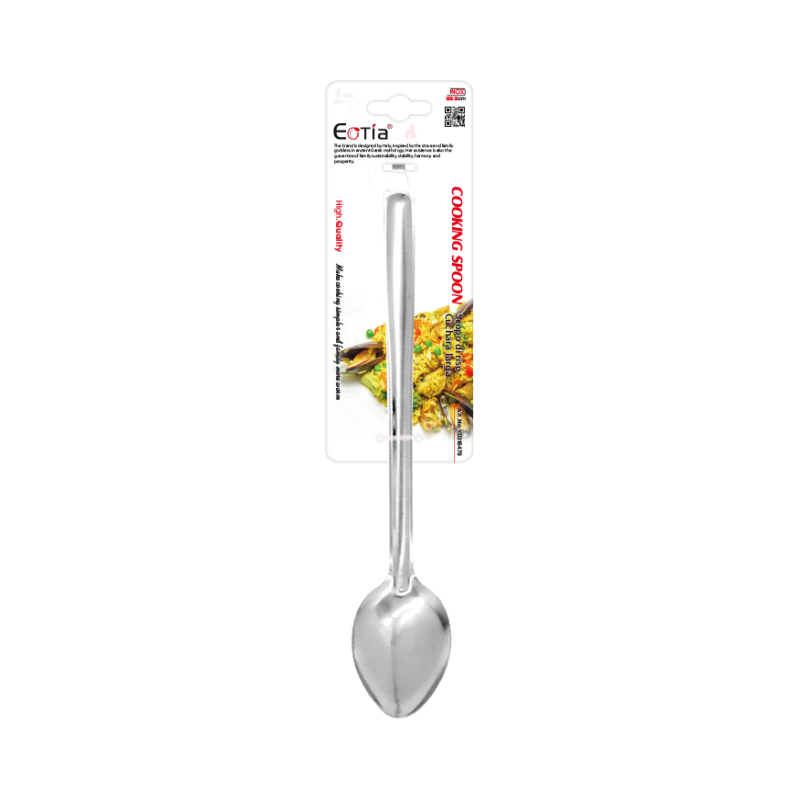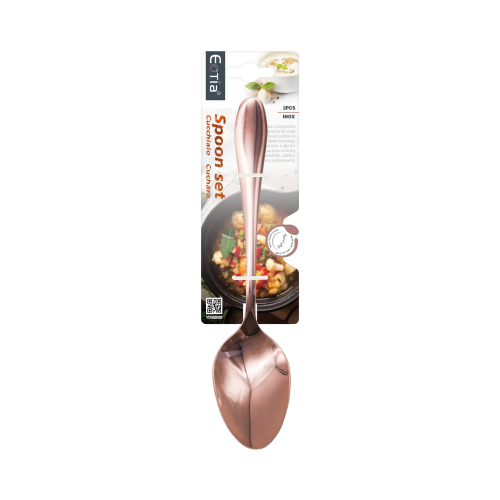When it comes to dining utensils, the fork is often overshadowed by its flashier cousin, the knife, or the simplicity of the spoon. Yet, the fork plays a crucial role in our daily meals, making it one of the most indispensable tools in the kitchen.

The History of the Fork
The fork has a surprisingly rich history. While early versions were used in ancient Egypt and Greece, it wasn’t until the Middle Ages that the fork gained popularity in Europe. Initially seen as an extravagant luxury, the fork eventually became a staple in households worldwide.
Why the Fork Matters
Versatility – From twirling pasta to spearing vegetables, the fork handles a wide range of foods with ease.
Precision – Unlike spoons or chopsticks, the fork allows for controlled cutting and lifting of food.
Etiquette – Proper fork usage is a sign of good table manners in many cultures.
Types of Forks
Not all forks are created equal! Here are some common varieties:
Dinner Fork– The standard choice for main courses.
Salad Fork – Slightly smaller, often with a thicker outer tine.
Dessert Fork – A delicate option for cakes and pastries.
Oyster Fork – A narrow, three-pronged fork for seafood.
Whether you’re enjoying a gourmet meal or a quick snack, the fork is a tool we often take for granted. Next time you pick up a fork, take a moment to appreciate its design, history, and the role it plays in making dining effortless!



